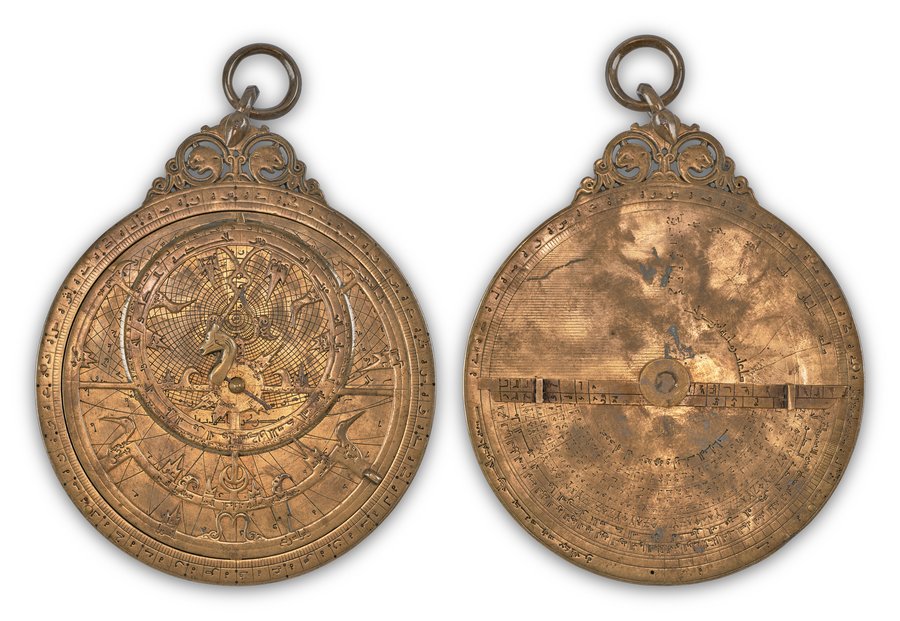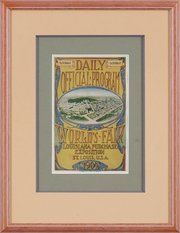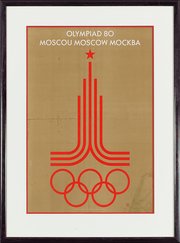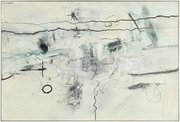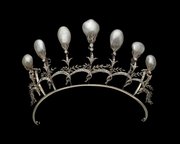
Planispheric Astrolabe
Museum of Islamic Art
- Title:
- Planispheric Astrolabe
- Artist:
- Hamid i. al-Khujandi
- Maker:
- Hamid i. al-Khujandi
- Production place:
- Ray
- Date:
- 984 - 985
- Period:
- Buyid
- Title:
- Planispheric Astrolabe
- Artist:
- Hamid i. al-Khujandi
- Maker:
- Hamid i. al-Khujandi
- Production place:
- Ray
- Date:
- 984 - 985
- Period:
- Buyid
- Material:
- Brass, Iron, Black compound
- Technique:
- Casting, Openwork, Engraving, Riveting
- Dimensions:
- 21.1 × 15.1 × 3.1
Usually portable, these scientific instruments were used for telling time by observation of the positions of stars and the sun, for determining the direction of prayer towards Mecca, and for the determination of horoscopes. This cast brass astrolabe consists of a thick circular plate with a circular recess, and a star map with pointers for thirty-three stars. These markers are made decorative using birds' heads as well as abstract and vegetal motifs. Each pointer is engraved with the name of the star it indicates. An off-center circle, marked with the names of the zodiac, shows the movement of the sun throughout the year. Moreover, this astrolabe is signed along the edge of the lower left quadrant of the back: sana'ahu (or sana'at) Hamid ibn al-Khidr al-Khujandi [in the] year 374 of the Hijra [984-5 CE]. While there is no indication of where the astrolabe was made or for whom, Al- Khujandi was an eminent constructor of astrological instruments, astronomer and mathematician, associated with Rayy (near Tehran), where he constructed for his patron, the Buyid ruler of Iran, Fakhr al-Dawla (r. 366-387 AH/r. 977-997 CE), a large sextant for observations of the obliquity of the ecliptic.
